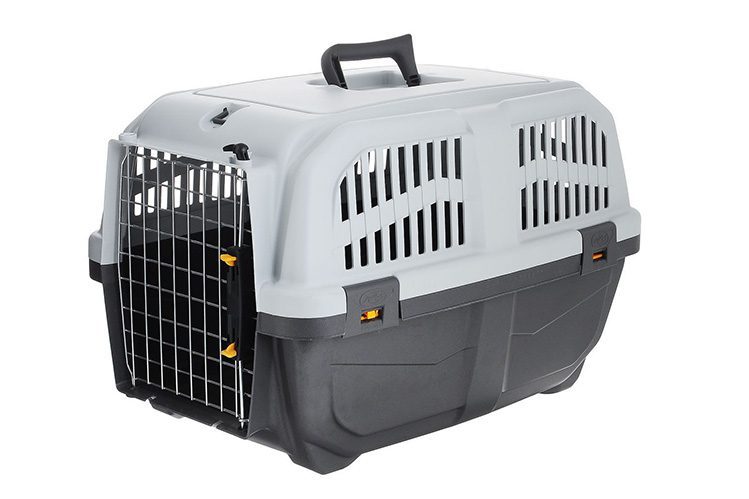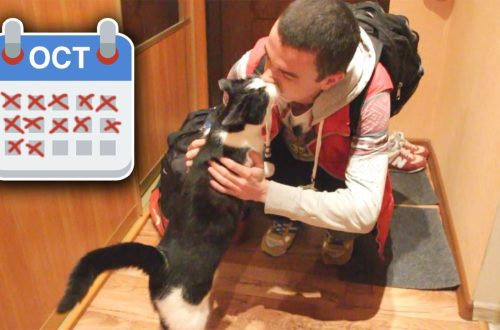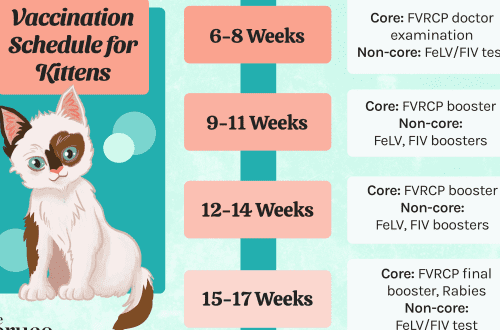
Cat carriers
It would seem that there is nothing complicated in transporting cats. He made vaccinations, issued veterinary documents, took out a carrier from the top shelf of the cabinet, paid the receipt – and go! However, cases when the owner with a pet is not allowed to go on board the ship, unfortunately, is not uncommon. And the reasons for the sudden disruption of plans can be very diverse, because the rules for transporting animals are changing all the time, in addition, the carrier himself can make his own adjustments to them.
However, one of the most common causes is improper carrying. Yes, yes, the selection of a container for transportation is a very important point, which is devoted to a separate blog in international rules. Unfortunately, many pet owners find out about this already at the airport or on the platform, when there are only a few minutes left before departure. And since it is not possible to find a suitable carrier here and now, the trip has to be postponed for an indefinite (and when will there be tickets?) period.
In a word, the situation is extremely unpleasant, and in order to avoid it, you need to clarify all the points in advance and carefully prepare for the trip with your four-legged friend. An important step on the road to success is the acquisition of a carrier that meets all established requirements. So what are these carriers?
To begin with, if you really don’t want to delve into the rules and study the characteristics of the proposed models, then you can always come to a trusted pet store and purchase a carrier marked “Suitable for transport“. Such a mark, for example, is easy to notice on the popular MPS carriers: they have a bright yellow sticker with an aircraft icon and an indication of compliance with international standards.

And now let’s get back to the characteristics of the “correct” carriers – those that will easily allow you to take your pet with you on the plane. First of all, such carriers must have durable, reliable design, metal door и strong locking deviceto prevent accidental opening of the door. The carrier must be spacious and possess ventilation holesinto which the cat cannot stick its head or paws.
The bottom of the carrier must be waterproof и strong. The weight of the transported animal must be supported with a margin.
For transportation in the aircraft cabin, the combined weight of the pet and the container must not exceed 8 kg, and the size of the carrier in the sum of 3 dimensions should be not more than 115 cm. Don’t forget about comfortable strong handle, which must be equipped with a “correct” carrier.
When transported in the baggage compartment of an aircraft, the combined weight of the carrier and the animal can be up to 50 kg. The carrier should be just as secure and spacious enough for the cat to lie down, sit down, stand up and turn 360 degrees freely.
For transportation on buses and long-distance trains, you should also choose a carrier with a robust design, a strong locking device, a solid bottom and optimally sized ventilation holes, but the door of such a carrier does not have to be metal.
Do not forget that special diapers or other absorbent material are placed on the bottom of the carrier.
Good luck on your way!





